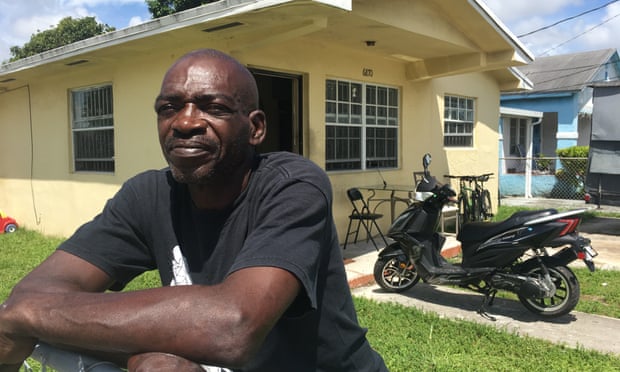The Verso blog has a piece by Françoise Vergès that asks why the topic of race has been so glaringly absent from the discourse around the Anthropocene. Vergès suggests that by integrating histories of colonialism and racial exploitation into discussions of the Anthropocene, we can see that the fallout from environmental destruction isn’t distributed equally across an undifferentiated “humanity,” but instead disproportionately affects communities of color. The piece is taken from the book Futures of Black Radicalism, edited by Gaye Theresa Johnson and Alex Lubin, out now from Verso. Here’s an excerpt from Vergès’s essay:
To the historian Joachim Radkau, “the chief problem of colonialism seems to have been not so much its immediate ecological consequences as its long-term impact, the full extent of which became apparent only centuries later, in the era of modern technology, and many times only after the colonial states had acquired their independence.” We must, in our narrative of the racial Capitalocene, integrate this long memory of colonialism’s impact and the fact that destruction in the colonial era becomes visible in the postcolonial era. In other words, we must add to the United Church of Christ’s 1987 study of racialized policies of the environment in the twentieth century a history of racial Capitalocene, with an analysis of capital, imperialism, gender, class, and race and a conception of nature and of being human that opposes the Western approach. In the 1991 “Principles of Environmental Justice,” the first principle stated that “Environmental Justice affirms the sacredness of Mother Earth, ecological unity and the interdependence of all species, and the right to be free from ecological destruction.” The principle posits a new understanding of what it is to be human and challenges the international dialogue on climate change that focused on a strategy of adaptation. Adaptation through technology or the development of green capitalism has indeed been presented as a good strategy. Yet it does not thoroughly address the long history and memory of environmental destruction about which Radkau has written, nor the asymmetry of power.
In the reconfiguration of the world that followed the colonization of the Americas and the Caribbean, nature was transformed into a cheap resource, as endlessly renewable as the bonded workforce. It is human praxis as labor and the global use of a color line in the division of labor that must be studied, and not a “human” death drive. When Andreas Malm argues that “there is also a different kind of violence, not rapid but slow motion, not instantaneous but incremental, not body-to-body but playing out over vast stretches of time through the medium of ecosystems,” he raises the question of the narratives that would bring to light this kind of violence. Indeed, if we find and read “stories and essays on the slow violence of the Bhopal disaster, oil exploitation in the Arabian Gulf and the Niger Delta, mega-dams in Indian, depleted uranium in Iraq” — to which we can add Katrina in New Orleans, the moving tide of toxic iron-ore residue in Brazil, polluting the water supply of hundreds of thousands of residents as it makes its way to the ocean, the consequences of nuclear tests in French Polynesia, the polluted water in Flint, Michigan, and the negative impact of agro-business — there are none “on climate change as such,” as if “the capacity to imagine violence seems to have reached its limits.” We have to renew the ways that violence is narrated.
Image: Michael McGoogan, a resident of Liberty City—a poor district of Miami, Florida—prepares for Hurricane Irma. Via The Guardian.
